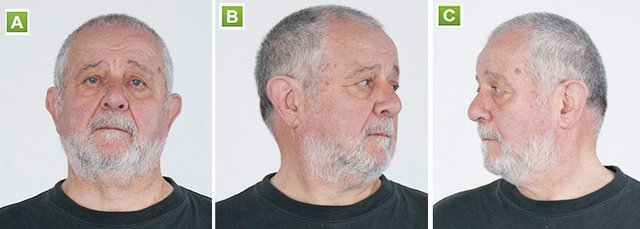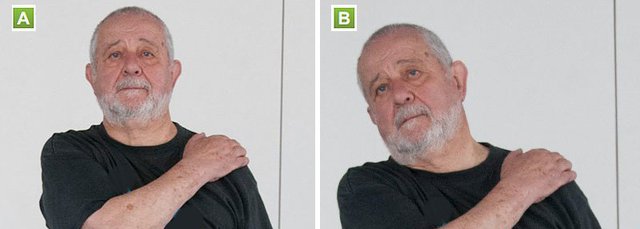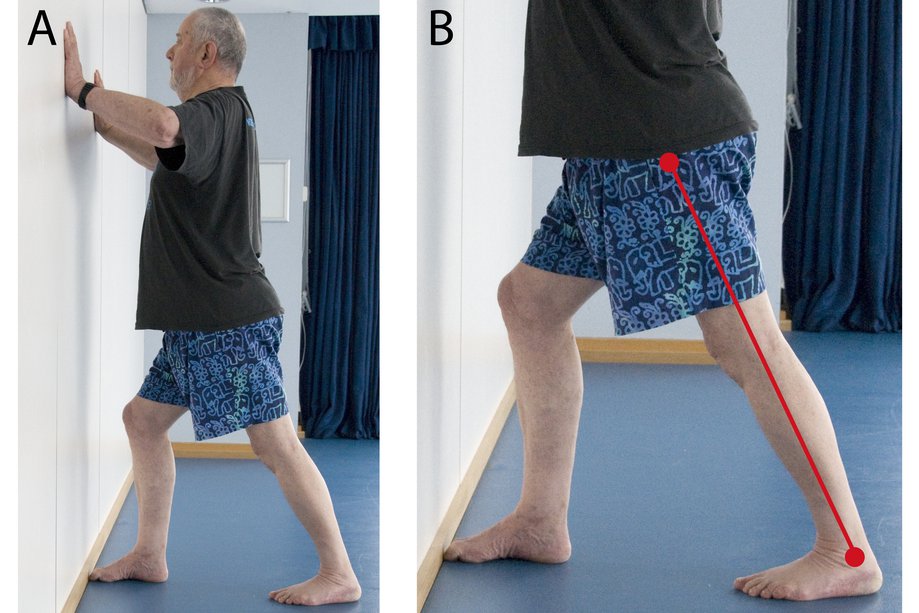Just as an unused engine can eventually seize up, our bodies can grow stiffer and less flexible as we grow older and become less physically active.
However, there are ways to combat this, maintaining flexibility well into old age through a series of gentle but regular exercises designed to keep your muscles loose and your body supple. The payoff is that people with more flexibility tend to experience fewer aches and pains.
In recent blogs on this website we have looked at a series of gentle exercises designed specifically for older or less mobile people and all taken from the NHS Choices website. So far we have looked at sitting exercises, strength exercises and balance exercises. Today we will focus on four simple exercises to promote flexibility. By clicking on the links in this paragraph you can access each set of exercises and download them to print off for handy reference.
If you haven’t done any exercise for a while or have an underlying medical condition, you should consult your GP or other medical professional before embarking on any new exercise programme. However, most people should be able to do these gentle exercises at their own pace, or modify them slightly to suit their own needs or limitations.
Another golden rule is to start slowly and build up steadily as you feel able. Wear loose, comfortable clothing and keep some water handy. You should aim to do these exercises at least twice a week, but go at your own pace and listen to your body; if you get out of breath, or dizzy, or something hurts, stop for a while.
Aim to increase the number of times you do each exercise (called ‘repetitions’) over time. You can also do all the exercises in this series at home or with friends in a group setting, which can be more fun and provide mutual support and encouragement. If you don’t feel confident exercising alone, have someone with you until you get the hang of it and grow in confidence.
 Neck rotation: As with all these exercises, perform this one slowly and deliberately, avoiding any sharp, sudden or jerky movements. Start by sitting or standing upright with your shoulders relaxed and looking straight ahead (fig. A). Now slowly turn your head towards your left shoulder. Only go as far as is comfortable for you, but you should begin to feel some stretch in the right side of your neck. Hold this position (fig. B) for about five seconds before returning slowly to the start position. Now repeat the exercise in the opposite direction, turning your head towards your right shoulder (fig. C). Aim to do three rotations on each side and after you’ve been doing this exercise for a short while you should find you can turn your head a little further as your neck muscles begin to loosen up.
Neck rotation: As with all these exercises, perform this one slowly and deliberately, avoiding any sharp, sudden or jerky movements. Start by sitting or standing upright with your shoulders relaxed and looking straight ahead (fig. A). Now slowly turn your head towards your left shoulder. Only go as far as is comfortable for you, but you should begin to feel some stretch in the right side of your neck. Hold this position (fig. B) for about five seconds before returning slowly to the start position. Now repeat the exercise in the opposite direction, turning your head towards your right shoulder (fig. C). Aim to do three rotations on each side and after you’ve been doing this exercise for a short while you should find you can turn your head a little further as your neck muscles begin to loosen up.
 Neck stretch: As with the above exercise, this one is good for loosening tight neck muscles and helping you feel less ‘tensed up’ around the neck and shoulders. Start by sitting or standing upright (whichever you find most comfortable) and, while looking straight ahead, hold your left shoulder down with your right hand. Only use gentle pressure, but try to stop you shoulder rising as you slowly tilt your head to the right, away from the shoulder you’re holding down (fig. B) Again, only go as far as is comfortable, but you should feel some stretch in the side of your neck. Hold it for about five seconds before returning slowly to your start position. Now repeat the exercise on the opposite side (holding down your right shoulder with your left hand) and aim for three five-second stretches on each side.
Neck stretch: As with the above exercise, this one is good for loosening tight neck muscles and helping you feel less ‘tensed up’ around the neck and shoulders. Start by sitting or standing upright (whichever you find most comfortable) and, while looking straight ahead, hold your left shoulder down with your right hand. Only use gentle pressure, but try to stop you shoulder rising as you slowly tilt your head to the right, away from the shoulder you’re holding down (fig. B) Again, only go as far as is comfortable, but you should feel some stretch in the side of your neck. Hold it for about five seconds before returning slowly to your start position. Now repeat the exercise on the opposite side (holding down your right shoulder with your left hand) and aim for three five-second stretches on each side.
 Sideways bend: This exercise is good for restoring flexibility to the lower back, which can often grow stiff and painful as we become more sedentary. Make sure you go at your own pace and build up gradually. Start by standing upright with your feet hip-width apart, your arms by your side and looking straight ahead (fig. A). Now slowly slide your left hand down your left thigh, only going as far as is comfortable (fig. B). As your hand moves downwards you should feel a stretch along the opposite side of your torso. Hold the stretch for two or three seconds then slowly return to your start position before repeating the exercise on the other side (fig. C). Aim to perform three stretches on each side, going a little further as you feel able to.
Sideways bend: This exercise is good for restoring flexibility to the lower back, which can often grow stiff and painful as we become more sedentary. Make sure you go at your own pace and build up gradually. Start by standing upright with your feet hip-width apart, your arms by your side and looking straight ahead (fig. A). Now slowly slide your left hand down your left thigh, only going as far as is comfortable (fig. B). As your hand moves downwards you should feel a stretch along the opposite side of your torso. Hold the stretch for two or three seconds then slowly return to your start position before repeating the exercise on the other side (fig. C). Aim to perform three stretches on each side, going a little further as you feel able to.
 Calf stretch: This exercise is good for loosening tight calf muscles and could be particularly useful if you suffer from leg cramps. Start by standing facing a wall and place your hands on the wall for stability. Now bend your right leg at the knee as you slowly slide your left leg backwards, keeping it straight and with your left heel on the floor (fig. A). Go back as far as is comfortable, being careful to keep your balance. The left calf muscle is stretched by keeping the left leg as straight as possible and not letting the left heel rise up off the floor (fig. B). Hold the stretch for a couple of seconds before returning to your start position. Now repeat the stretch on the other side, this time moving your right leg backwards. Try not to ‘bounce’ while holding the stretch and aim to perform three stretches on each side.
Calf stretch: This exercise is good for loosening tight calf muscles and could be particularly useful if you suffer from leg cramps. Start by standing facing a wall and place your hands on the wall for stability. Now bend your right leg at the knee as you slowly slide your left leg backwards, keeping it straight and with your left heel on the floor (fig. A). Go back as far as is comfortable, being careful to keep your balance. The left calf muscle is stretched by keeping the left leg as straight as possible and not letting the left heel rise up off the floor (fig. B). Hold the stretch for a couple of seconds before returning to your start position. Now repeat the stretch on the other side, this time moving your right leg backwards. Try not to ‘bounce’ while holding the stretch and aim to perform three stretches on each side.
Remember, one place where you should never exercise is on the stairs in your home, especially if you struggle with balance or dizzy spells. A fall is never good wherever it happens, but a fall on the stairs could be catastrophic. Fitting an Acorn Stairlift in your home immediately removes the risk and worry of falling on the stairs. It can also help you conserve energy which could then be better spent on these gentle exercises to improve balance, strength, co-ordination and flexibility.
